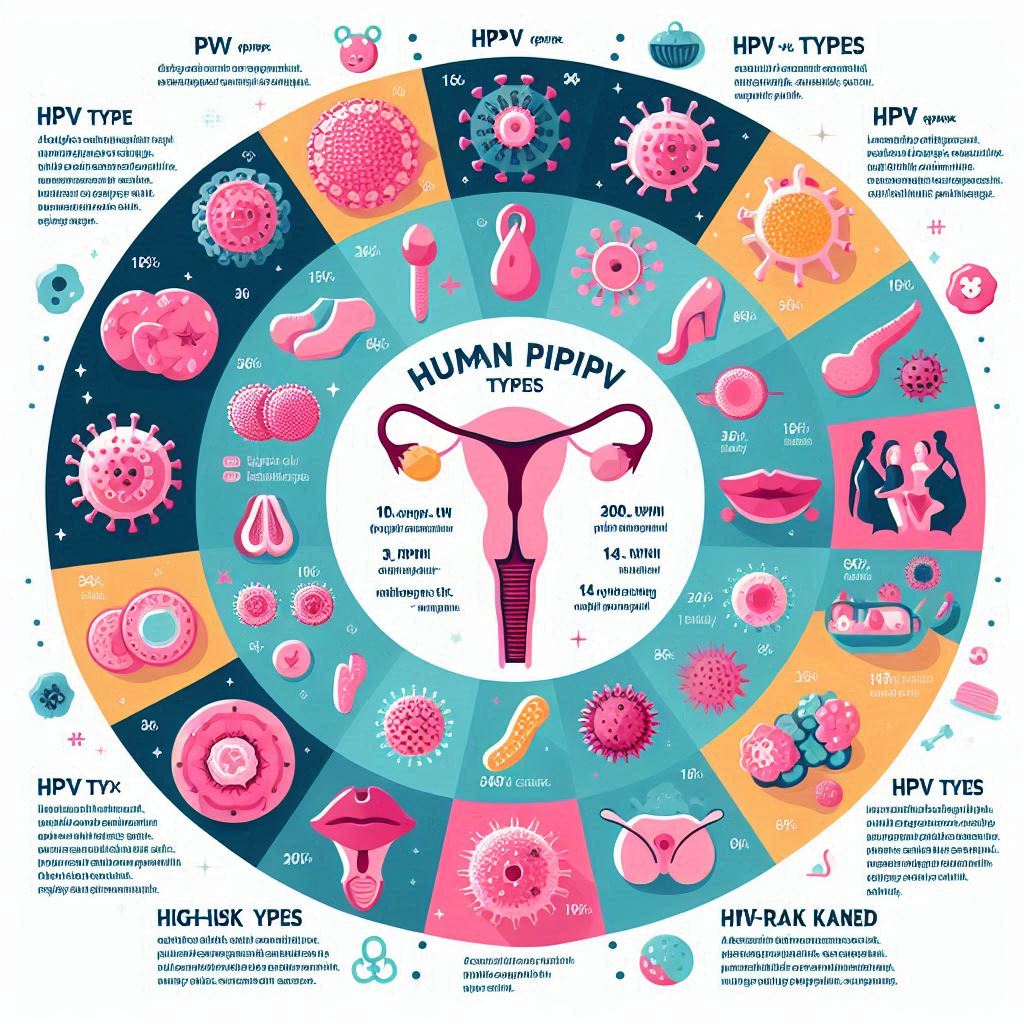How to Manage Valvular Heart Disease in Pregnancy?
Understanding Valvular Heart Disease in Pregnancy: Implications and Management Pregnancy is a transformative journey, both physically and emotionally .For women with preexisting health conditions, pregnancy can present unique challenges. One such condition is valvular heart disease. This disease is a common cause of cardiovascular problems during the peripartum period, which is the time around childbirth. Understanding the changes that occur in the body during pregnancy is crucial. These changes can significantly impact women with existing valvular lesions. It’s important to recognize the associated risk factors. Effective management of these conditions is essential. This will help ensure the safety of both the mother and the baby. The Influence of Hemodynamic Changes During pregnancy, a woman’s body undergoes significant hemodynamic changes. Blood volume increases to support the growing fetus, leading to changes in heart rate, cardiac output, and systemic vascular resistance. For women with preexisting valvular heart conditions, pregnancy can worsen symptoms and complicate management. Stenosis, which is the narrowing of a valve, and regurgitation, where blood leaks backward through the valve, can both lead to significant challenges. For example, a woman with aortic stenosis may face several difficulties during pregnancy. Aortic stenosis refers to a narrowing of the heart’s aortic valve. As a result of the increased workload on the heart, she may experience heightened shortness of breath (dyspnea), fatigue, and even heart failure during this time . These symptoms are a direct consequence of the physiological changes that occur during pregnancy, necessitating careful monitoring and management . Conversely, women with mitral regurgitation may face worsening symptoms due to volume overload. Healthcare providers must monitor these patients closely for signs of deterioration, ensuring timely assessments and interventions as needed. Tools for Risk Calculation Assessing risk during pregnancy is crucial for managing valvular heart disease effectively. Various tools and scoring systems have been developed to evaluate both maternal and fetal risk throughout the pregnancy. These assessments typically consider several factors, including the type and severity of the valvular lesion, associated hemodynamic changes, and any comorbid conditions. Healthcare practitioners often use the modified World Health Organization (WHO) classification of functional capacity for cardiovascular disease to assess maternal risk. This classification helps categorize patients into low, moderate, or high-risk groups, guiding management plans tailored to each woman’s unique situation. Additionally, fetal monitoring is critical to assess the baby’s well-being, particularly as pregnancy progresses and labor approaches. Pathophysiology of Valvular Lesions The underlying pathophysiology of valvular heart disease plays a fundamental role in its management during pregnancy.Obstructive lesions like aortic stenosis hinder blood flow from the heart . In contrast, regurgitant lesions allow blood to flow backward, making it difficult for the heart to pump efficiently. Both conditions can lead to serious complications, including heart failure, atrial fibrillation, and even sudden cardiac arrest. These risks are particularly heightened in the later stages of pregnancy or during labor. Managing these lesions can differ widely among patients. Some women may only need careful monitoring, while others might require interventions such as balloon valvuloplasty or surgical valve replacement. The decision between mechanical and bioprosthetic valves is crucial. This choice carries significant implications for anticoagulation therapy during pregnancy. Patients with mechanical valves need anticoagulation to prevent thromboembolism, which adds complexity to their management during this timeframe. Medical Management During Pregnancy Managing valvular heart disease in pregnancy requires a multidisciplinary approach, often involving obstetricians, cardiologists, and anesthesiologists working together to provide comprehensive care. Medical therapies must be carefully chosen to balance the risks to the mother with potential harm to the fetus. For women with valvular heart disease, medications such as beta-blockers and diuretics may be prescribed to help manage symptoms like hypertension and fluid overload; however, their use must be carefully monitored. Special consideration is needed when choosing medications during pregnancy, with a preference for agents that have been shown to be safe in this population. You Can Also Visit Here Complications with Mechanical and Bioprosthetic Valves Women with mechanical valves present additional challenges during pregnancy. Mechanical valves require lifelong anticoagulation therapy to prevent thromboembolic events, which poses risks during pregnancy due to potential bleeding complications. The decision regarding when to switch anticoagulants—often from warfarin to low molecular weight heparin—requires careful timing and clinical judgment. On the other hand, women with bioprosthetic valves generally have a lower need for anticoagulation, but they still face risks such as structural valve deterioration over time, which may warrant surveillance and possible intervention during pregnancy. Conclusion Valvular heart disease complicates pregnancy and poses risks to both mother and child. Close monitoring, thorough risk assessment, and personalized management strategies are essential to navigate these complexities. The collaborative efforts of healthcare professionals are vital in providing the best possible outcomes for women with valvular heart disease during pregnancy. As awareness of these issues grows, so does the importance of educating women about the potential implications of preexisting heart conditions in pregnancy. Future research and guidelines will continue to evolve, enhancing our understanding and management of valvular heart disease in pregnant women to reduce morbidity and mortality in this vulnerable population. For women with valvular heart disease contemplating pregnancy, early consultation with a specialized healthcare team is fundamental in ensuring a safe and healthy experience.






